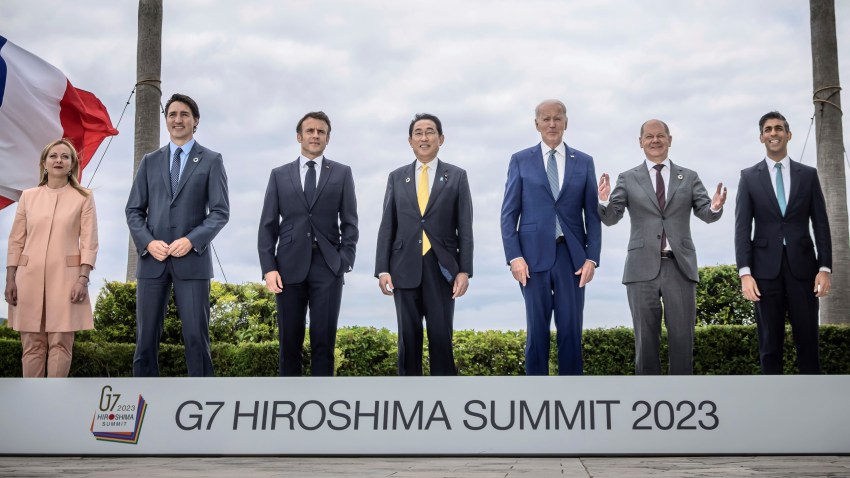The news coverage of last weekend’s annual G-7 Summit in Hiroshima, Japan, highlighted Ukrainian President Volodymyr Zelenskyy’s attendance of the gathering. The images of Zelenskyy standing next to and being embraced by the leaders of the U.S., Japan, Germany, France, the U.K., Canada and Italy did make for striking symbolism. But Zelenskyy’s visit was far from the gathering’s key outcome.
More notable is that this year’s G-7 summit was substantively meaningful. This might come as a surprise, as such meetings can often be long on words but short on substance.
To be sure, the joint communiqué released at the end of the summit contained a fair share of boilerplate verbiage, describing the key Western industrialized nations that make up the group as “more united than ever” to meet “global challenges” and “set the course for a better future.” But one should not be so quick to dismiss the communiqué or the other statements issued during the summit, which were notable in making evident exactly why the G-7 nations are more united now than ever before: They view China and Russia as threats to the existing Western-led international order.

